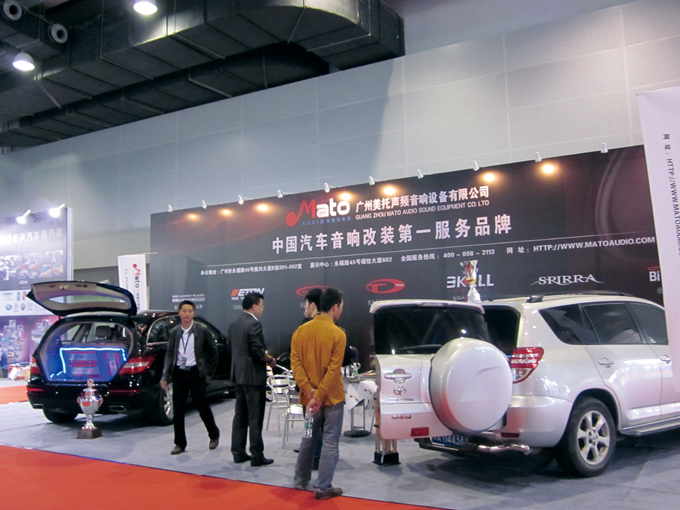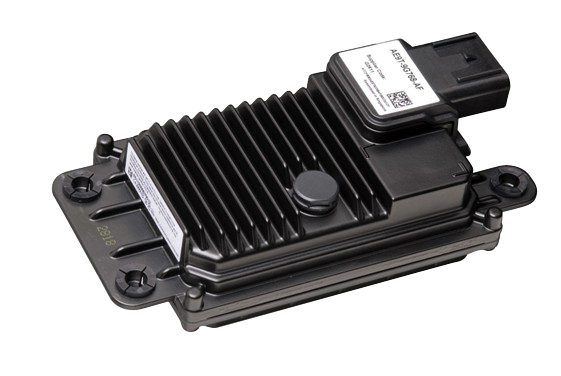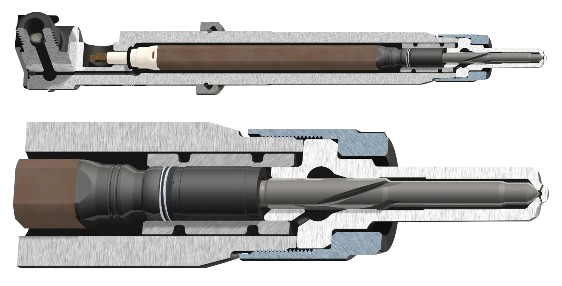Status Quo of Automotive-electronic Industry Segment In China
Chinese makers must choose the right foreign partners to advance technically
2013/04/08 | By CENSThe booming automobile market in China has been attracting an increasing number of international automakers to invest in the high-potential market, and the capital and technical injection from the major global players have been expanding the production and upgrading technical levels in China's automotive industry, as well as creating a huge demand for automotive-electronic parts and components.
In recent years, the automotive-electronic market in China has been growing rapidly. In 2011, the overall domestic demand reached some 266.1 billion renminbi (RMB, or Chinese yuan), and the growth rate is expected to continue to exceed 20% for many years to come.
The automotive-electronic industry in China has achieved successful development in the initial stage. Among different segments, telematics has become the major growth engine for the overall industry, along with safety-related product categories such as ESP(Electronic Stability Program), tire pressure monitoring systems (TPMS), radar distance detection systems etc.
Increasing consumer demand for safer, more comfortable and more secured vehicles, as well as the transformation from mechanical to electronic systems and engine performance upgrading on modern vehicles have been driving the rapid development of the automotive-electronic industry in China.

Vigorous Development
In the past 20 to 30 years, the clear advancement of electronic, information and communication technology (ICT), and automotive industries have greatly driven the progress of the automotive-electronic industry, which has been playing the key role in improving driving stability, vehicle comfort, emission reduction, fuel efficiency, as well upgrading in-vehicle infotainment, communication etc. functions.
International automotive experts point out that about 70% of the vehicle-technology innovations in the last 10 years come from automotive-electronic product development and application, while the adoption of various automotive-electronic systems has become a major indicator of a vehicle's luxury level and price tag.
Statistics show that the automotive-electronic aftermarket in China grew by 10% in 2012, and the major growth momentum came from the increasing popularity of vehicle navigation systems. Thanks to dropping prices, vehicle navigation products have been winning higher consumer acceptance. However, the product function and quality similarity has led to fierce market competitions, in which only brands with quality reputation can survive.

Breakthrough
Generally, the R&D capability of automotive-related companies in China is relatively weak, and the whole industry relies on foreign technologies. Unfortunately, most China-foreign technical cooperation don't involve key technologies, and the trade terms are often unfair, with Chinese automotive-electronic enterprises often resorting to copying to lag further behind.
The overall automotive-electronic industry in China, though the scale is big due to the big-volume new-car sales, has seen local enterprises plagued by weakness in technologies, due mainly to owning core know-how.
Currently in China, the automotive-electronic market is dominated by big international players, such as Bosch, Delphi, Continental AG etc., who have been aggressively expanding their market shares with patented technologies and products. After all, Chinese enterprises can only position themselves in the middle-to-low level, while China is only the global production base and big overseas market for global leading players.
Now, the automotive-electronic industry is entering a new stage in which products and technologies are being renewed fast, creating new chances for Chinese makers to accelerate innovation and product development to further upgrade the nation's global competitiveness.

Prospect
The global automotive-electronic market is expected to maintain rapid development over the next few years. According to CCID Consulting, which is optimistic about the automotive-electronic market in China, in conjunction with the rapid growth in demand for transportation and daily commuting, the overall demand for new vehicles in China will not wane. In addition, the automotive-electronic penetration has been increasing, while new technologies and products are expected to also develop rapidly. Third, most automotive-electronic makers in China have formed an industry value and ecology chain, paving the way for future industry development.
Statistics compiled by IHS iSuppli show that sales revenue of China's automotive-electronic industry climbed by 10% in 2011, and the figure is forecast to hit US$29.9 billion in 2015 (with a two-digit annual growth rate).
Currently, automotive-electronic systems account for an average of about 40% of a car's overall cost, and the rate is expected to continue climbing as an increasing number of new cars will adopt more complicated automotive-electronic systems.
In conjunction with more and more automobile-manufacturing joint ventures in China adopting more and more automotive-electronic systems on vehicles, most industry experts believe that more localized development of the automotive-electronic industry in China is just around the corner.
Currently, the Chinese automotive-electronic market accounts for about 20.6% of the global revenue, and the rate is expected to soon climb in the near future.
Over the next few years, the segment in China is expected to move forward stably in conjunction with the developing automobile market in China, in which the automotive-electronic penetration rate in new cars has been rapidly rising.
In China, the partnerships between vehicle makers, automotive-electronic companies, and semiconductor suppliers are expected to further broaden and deepen, while an increasing number of foreign players are expected to more aggressively tap the big Chinese market.
Chinese automotive-electronic enterprises must choose the right foreign technical partners under fair cooperative terms to take the fast-track technical and qualitative advancement.

